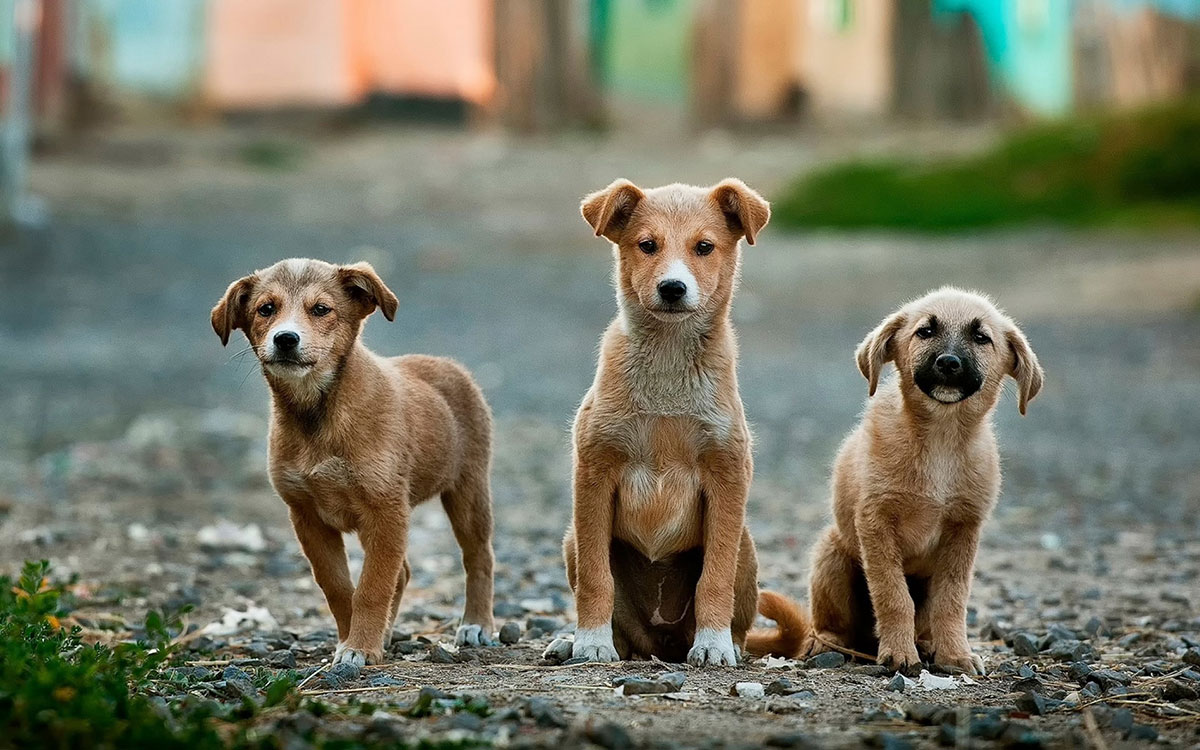Our canine companions possess an extraordinary sense of smell and hearing. These heightened senses allow them to detect potential dangers, such as a bear, long before we do. When a dog senses a bear nearby, its instinctual response is to alert its human partners, often through intense barking or becoming unusually still and focused. This protective behavior is a result of their evolutionary heritage, where early warning systems were crucial for survival. Understanding this natural response is fundamental when taking your furry friend on a hiking adventure where bears might be present.
Why Your Dog’s Nose Knows

One of the most impressive abilities of dogs is their outstanding olfactory senses. While a human’s nose has about 5 million scent receptors, a dog’s nose boasts between 125 million to 300 million, depending on the breed. This equips them with the ability to pick up the scent of a bear from a significant distance, sometimes miles away. Recognizing this powerful sense can help you trust your dog’s instinct when they indicate the presence of nearby wildlife, including bears.
Behavioral Signs of Bear Detection

When a dog detects a bear, several typical behaviors may manifest. Aside from barking, some dogs may exhibit signs of agitation, such as pacing or whining, and might even refuse to proceed along the trail. In contrast, certain dogs might freeze and remain on high alert, attempting to pinpoint the bear’s exact location. Observing these nuanced behaviors is crucial, as they could signify an immediate need for caution and quick action to ensure safety.
Training Your Dog for Bear Encounters

Proper training can significantly aid in managing your dog’s reaction to sensing bears. Teaching commands such as “leave it,” “come,” and “stay” can be life-saving in a wilderness setting. Consistent practice helps reinforce these commands so that, even in the heightened state of sensing a bear, your dog can listen and follow instructions. This preparation can make your hiking trips safer and more enjoyable for both you and your pet.
Understanding the Dog-Bear Dynamic

The relationship between dogs and bears in the wild can be unpredictable. Dogs may instinctively see bears as a threat due to their size and presence. However, bears typically want to avoid human and canine interaction if possible. Knowing this, it’s vital to maintain control over your dog and keep a safe distance from any bear. Minimizing encounters ensures safety for your dog, yourself, and the local bear population.
Using the Environment to Your Advantage

When hiking in bear country, awareness of your environment can help manage your dog’s behavior. Staying on marked trails and making noise can alert bears to your presence, diminishing the likelihood of surprising them. In conjunction with your dog’s keen senses, these practices play a pivotal role in maintaining a safe distance from bears. Coupled with diligent observation of your dog’s behavior, fostering a strategic awareness of your surroundings enhances the safety of your outdoor adventures.
Safety Precautions and Gear

Equipping yourself and your dog with appropriate gear can greatly enhance safety when hiking in bear territories. Consider using bear bells on your dog’s collar to alert wildlife of your approach. Additionally, keeping bear spray handy ensures preparedness, while a sturdy leash or harness provides control over your dog’s movements, reducing the risk of them approaching wildlife. Maintaining a balance between precautionary measures and enjoying the spontaneous thrill of the trail is key to a balanced and safe hiking experience.
Knowing the Bear’s Habitat
Familiarizing yourself with the habitat preferences of bears in the region you plan to hike can further enhance preparedness. Knowing seasonal behaviors, such as feeding habits and hibernation patterns, can help predict bear activity. With this knowledge, you can plan your hikes during times and conditions when bear encounters are less likely, thereby reducing potential risks for you and your dog. This proactive approach ensures that hikes are enjoyable and encounters with wildlife are minimized.
What to Do During a Bear Encounter

Should you encounter a bear on a hike, knowing how to respond can make all the difference. Remain calm and slowly retreat while keeping your dog close and restrained. Avoid making any sudden movements or loud noises that could startle the bear. If the bear approaches, use your bear spray if necessary and make yourself appear larger, potentially discouraging the bear from advancing. Experience with these response strategies helps maintain safety for everyone in the hiking party.
Preparing Mentally for Outdoor Adventures

Successfully hiking in bear country requires both mental and practical preparation. Awareness, training, and appropriate gear are all essential, but so too is the confidence to handle unexpected wildlife encounters. Preparedness and understanding of your dog’s instincts build the trust and confidence needed for a safe and memorable venture into the wilderness. These hikes can be opportunities not only for exercise but also for building a deeper bond between you and your furry companion.
Hiking with your dog in bear territory can be a rewarding experience, providing both exercise and an opportunity to bond with nature. By understanding how dogs react to the presence of bears, equipping yourself and your pet appropriately, and knowing how to respond in various circumstances, you can ensure these adventures are both safe and enjoyable. Embracing your dog’s instincts, preparing adequately, and fostering an informed respect for wildlife makes every hike an adventure worth savoring.

Andrew Alpin from India is the Brand Manager of Doggo digest. Andrew is an experienced content specialist and social media manager with a passion for writing. His forte includes health and wellness, Travel, Animals, and Nature. A nature nomad, Andrew is obsessed with mountains and loves high-altitude trekking. He has been on several Himalayan treks in India including the Everest Base Camp in Nepal.






